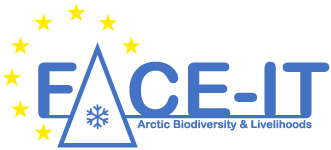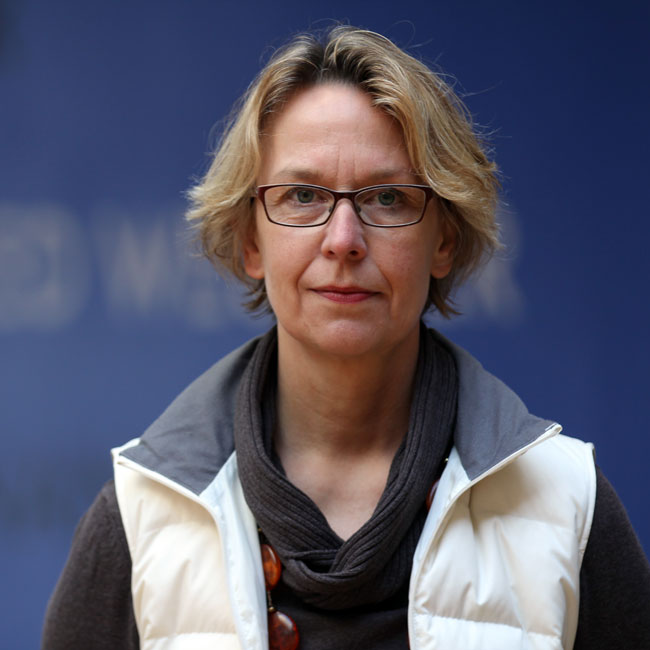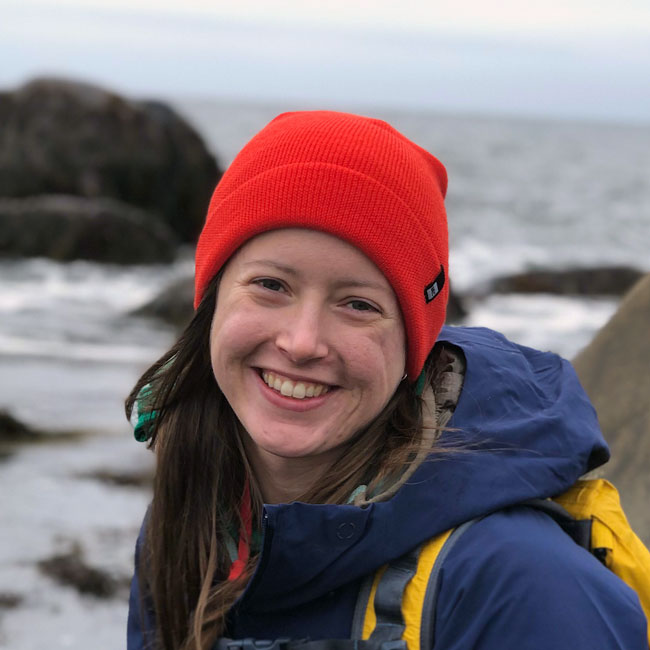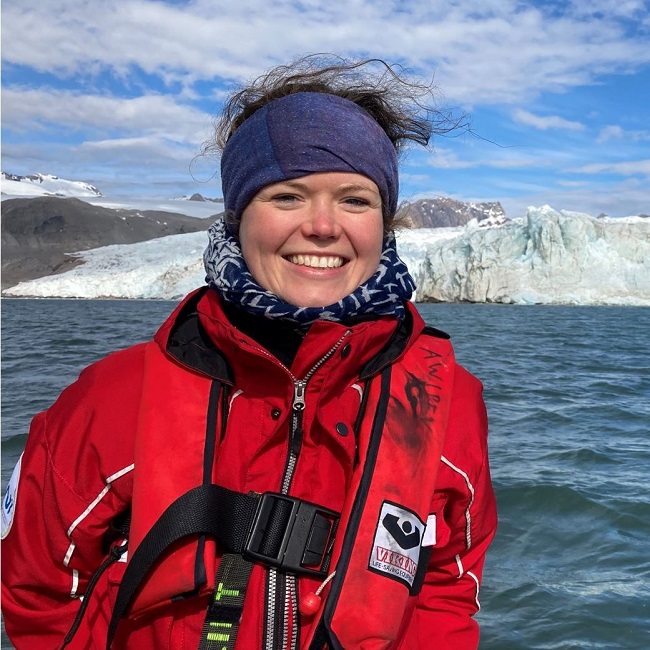Biodiversity and biomass of the intertidal and shallow subtidal seaweeds of Porsangerfjorden
In summer 2022, a team of 4 scientists specialized on seaweeds (from Germany, Norway and Canada) undertook an expedition to the Holmfjorden Research Station of the Norwegian Institute for Marine Research at the Porsangerfjord. Over a time period of 5 weeks, we qualitatively sampled the biodiversity of intertidal and shallow subtidal seaweeds and quantified the intertidal seaweed biomass as a proxy for the productivity, both along the fjord axis. The major objective was to compare two contrasting Arctic fjord systems in a space-for-time-approach. Kongsfjorden, situated in western Spitzbergen, was sampled in 2021 in a similar way and represents a high Arctic fjord in transition, experiencing a lot of change due to warming, melting glaciers, river run-off and thereby sedimentation and reduction in superficial salinity during summer. Porsangerfjorden serves as a comparative Arctic fjord, which represents a state that has already undergone change without influence of land- or sea-terminating glaciers and concomitant impact of sedimentation. Both systems are nutrient poor. We aim for highlighting the shifts in seaweed richness and composition by using conventional and molecular methods (barcoding, eDNA), and changes in productivity that will take place when warming continues in the Arctic.
The day-to-day work was characterized by 8 intense field campaigns, including boat trips to the inner and middle fjord supported by the station leader, followed by sorting of material to species level, weighing of seaweed biomass, preparing herbarium specimens, sampling for DNA extraction, microscopic investigations and photography. Preliminary data show that the intertidal seaweed biomass of Porsangerfjorden is very high (up to 16 kg fresh weight m-2) and characterized by 6 cold-temperate to Arctic brown algal species of the order Fucales while in Kongsfjorden the cold-temperate Fucales species are still missing. The presence of green algae, which are often indicator of nutrient input, is extremely low in Porsangerfjorden while we observed wide bands of green algae in the upper littoral in Kongsfjorden in 2021.
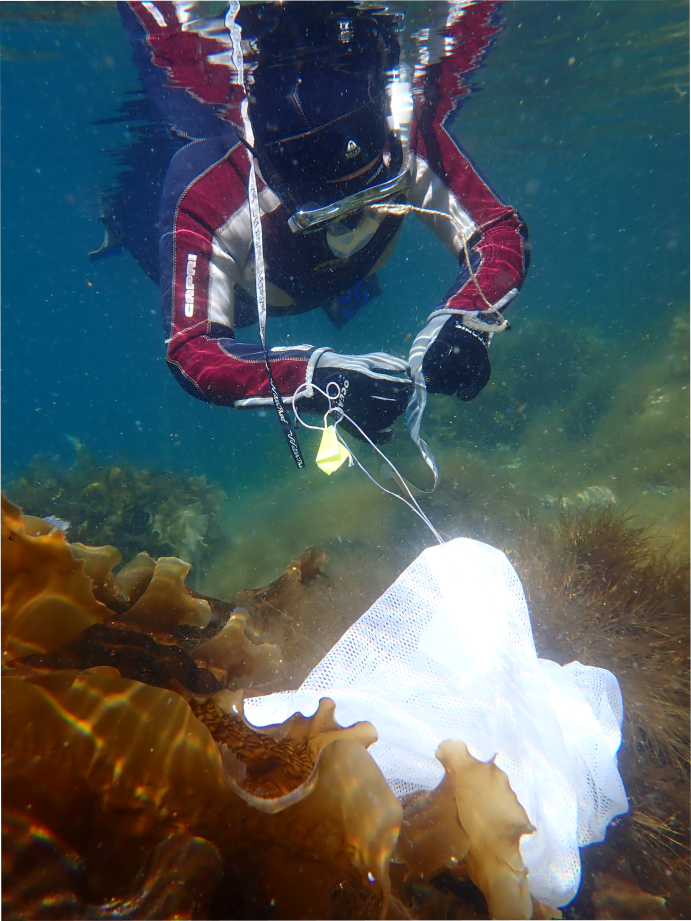
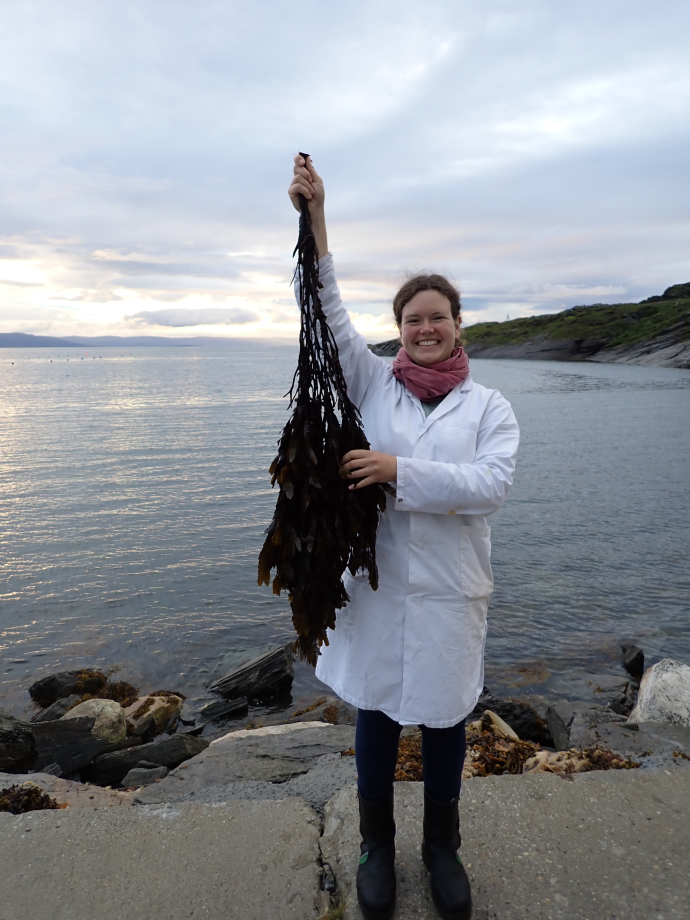
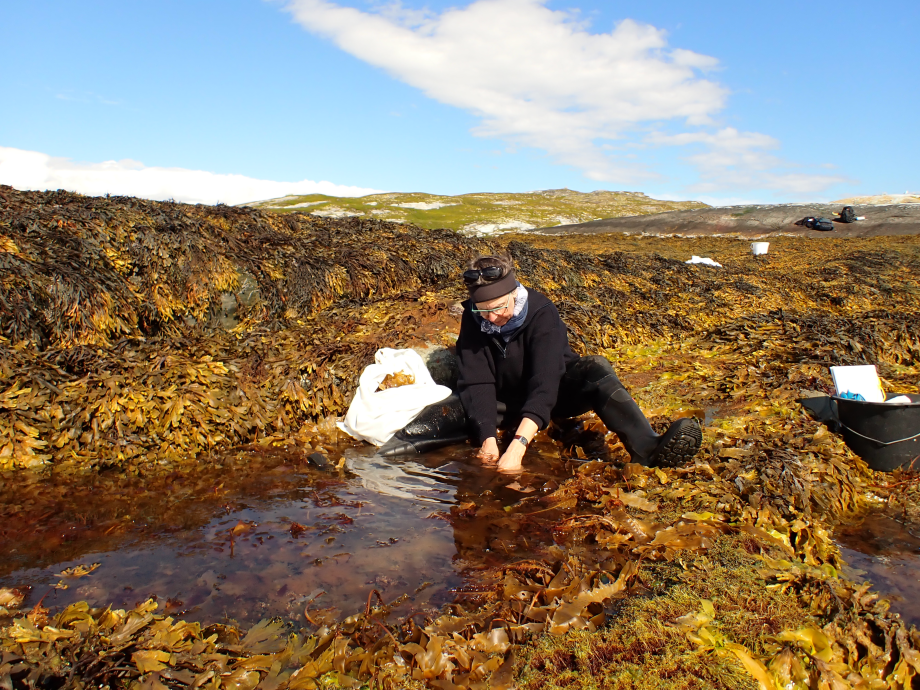
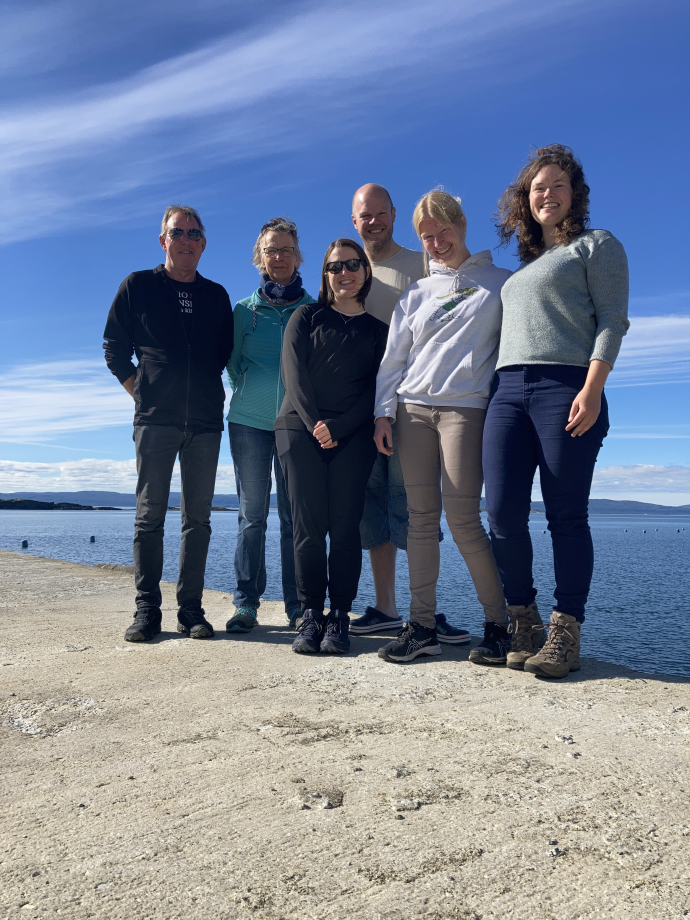
FACE-IT Scientists:
Inka BARTSCH
Alfred Wegener Institute, Helmholtz Centre for Polar and Marine Research, Bremerhaven, Germany
AWI personal page
Inka’s FACE-IT Projects
Role in FACE-IT:
• Researcher "Biodiversity Changes"
Amanda M. SAVOIE
Canadian Museum of Nature, Ottawa, Canada
CMN personal page
Amanda’s FACE-IT Projects
Role in FACE-IT:
• Researcher "Biodiversity Changes"
LUISA DÜSEDAU
Alfred Wegener Institute, Helmholtz Centre for Polar and Marine Research, Bremerhaven, Germany
University of Bremen, Germany
ResearchGate
Luisa’s FACE-IT Projects
Role in FACE-IT:
• PhD student "Biodiversity Changes"
